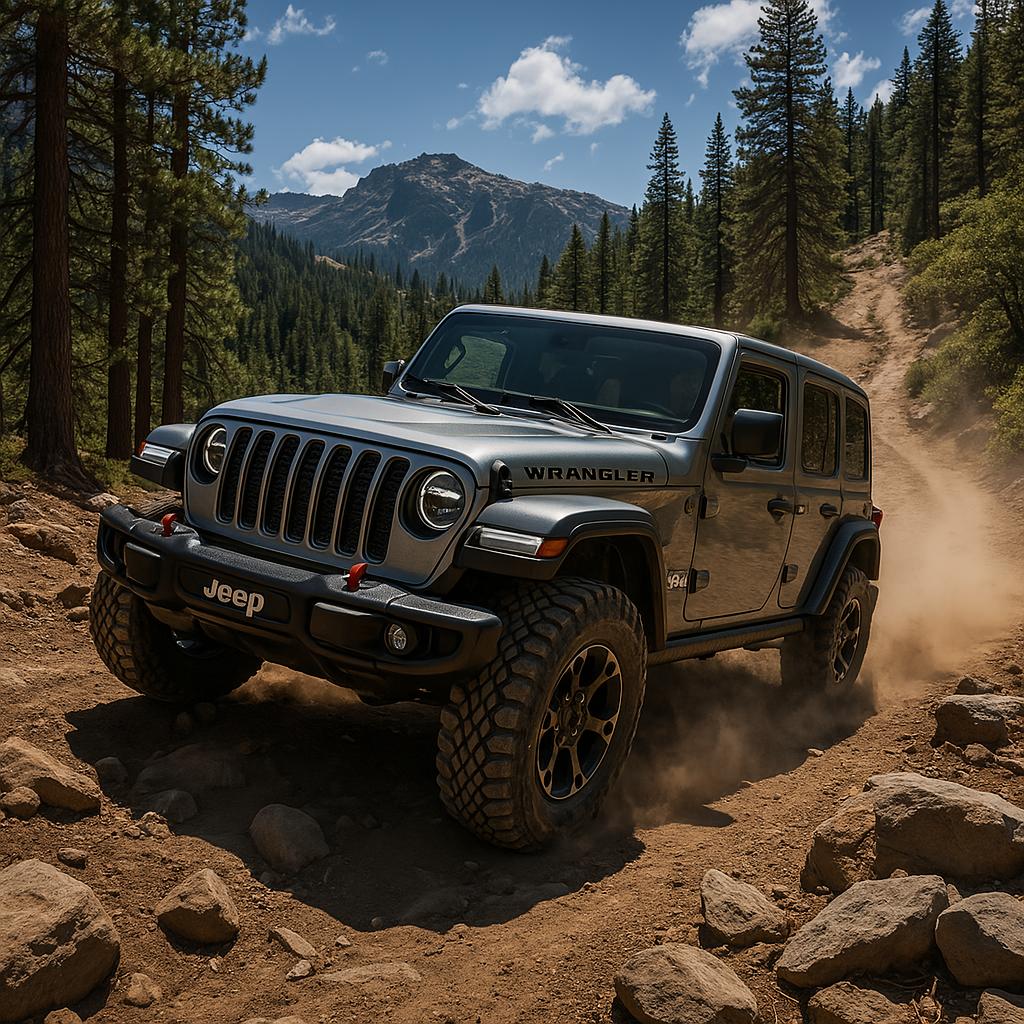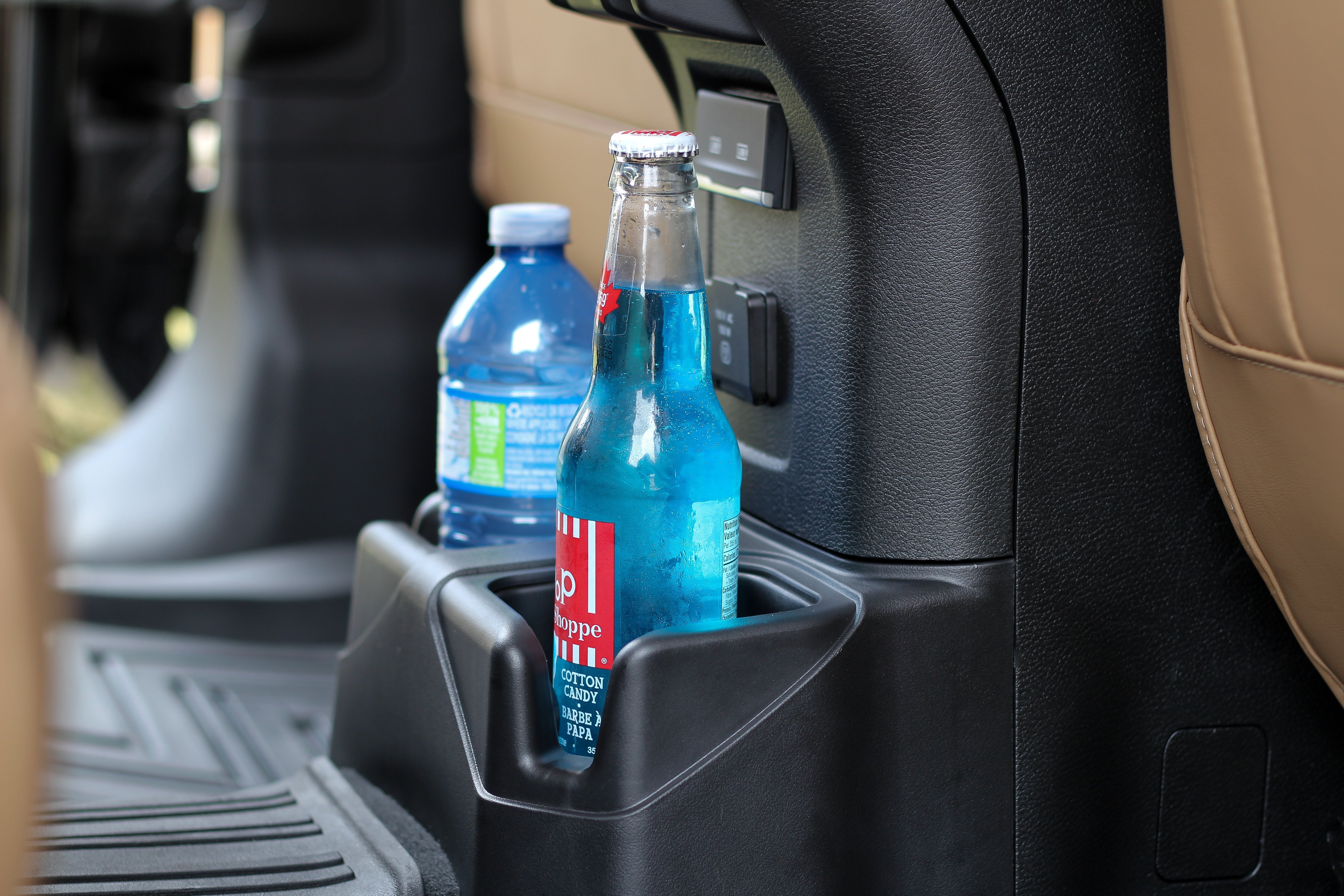For Jeep owners, the call of the open road is everything—whether you’re navigating trails in a Wrangler or exploring backroads in a Gladiator. But the new 2025 U.S. tariffs are creating some bumps in the journey. With a 25% tariff on imported vehicles and auto parts, Jeep’s parent company, Stellantis, is facing challenges that ripple down to owners like you. Let’s take a closer look at what’s happening and what it might mean for the Jeep community.
Understanding the 2025 Tariffs
In early April 2025, the Trump administration introduced a 25% tariff on most imported vehicles and auto parts, including those from Canada and Mexico, as reported by NPR. While some components are temporarily exempt under the USMCA trade agreement, the broader impact is significant. Jeep relies on a global supply chain—parts often cross borders multiple times during production, according to The New York Times. These tariffs add costs at each step, putting pressure on Stellantis and, ultimately, Jeep owners.
How Tariffs Are Affecting Jeep
The tariffs are creating challenges for Jeep in a few key ways:
- Production Changes: Stellantis has paused production at some plants in Mexico and Canada, leading to temporary layoffs of U.S. workers, per Fox Business. Many Jeep parts, like those for the Wrangler or Gladiator, come from these regions. Shifting production to the U.S. isn’t simple—building new plants is expensive, and tariffs on equipment add to the cost, as NBC News notes.
- Potential Price Increases: Experts warn that new vehicle prices could rise significantly—by $5,000 to $15,000, according to Forbes. For Jeep, this might mean a Wrangler Rubicon climbing from $50,000 to $55,000 or more. Stellantis has introduced employee discounts on new Jeeps through April 30, 2025, but these are temporary, and Cox Automotive predicts a 10-15% price hike for tariffed vehicles in the long term.
- Shifting Market Dynamics: Jeep was already facing headwinds before the tariffs, with sales down 12% in Q1 2025, per Bloomberg. Rising prices might push some buyers toward used Jeeps, increasing demand and prices in the used market, as Yahoo Finance reports. This could make finding an affordable Wrangler or Cherokee tougher for budget-conscious owners.
What This Means for Jeep Owners
These tariffs might make you rethink plans to upgrade to a new Jeep. If prices rise, keeping your current ride for longer could become the smarter choice. That’s where focusing on maintenance and small upgrades comes in—making your Jeep work harder for your adventures. For example, adding roof rails can help you haul gear like kayaks or camping supplies, freeing up interior space without needing a new vehicle.
At JeepHouse, we’re watching these changes closely. Our Matte Black Cross Bars Roof Rails fit Jeep Wrangler JKU/JLU and Gladiator JT (2007-2024), offering a practical way to carry more on your journeys. They’re built to last, blending style and function for any trail.
Moving Forward
The tariffs are a challenge for Jeep, with production shifts and potential price hikes on the horizon. Stellantis is absorbing some costs for now, but the future remains uncertain—especially with export markets like China adding their own 34% tariffs on U.S. vehicles, per Forbes. For Jeep owners, adapting to these changes might mean getting more out of the Jeep you already have. We’re here to help you navigate this new terrain, one adventure at a time.



Leave a comment
This site is protected by hCaptcha and the hCaptcha Privacy Policy and Terms of Service apply.